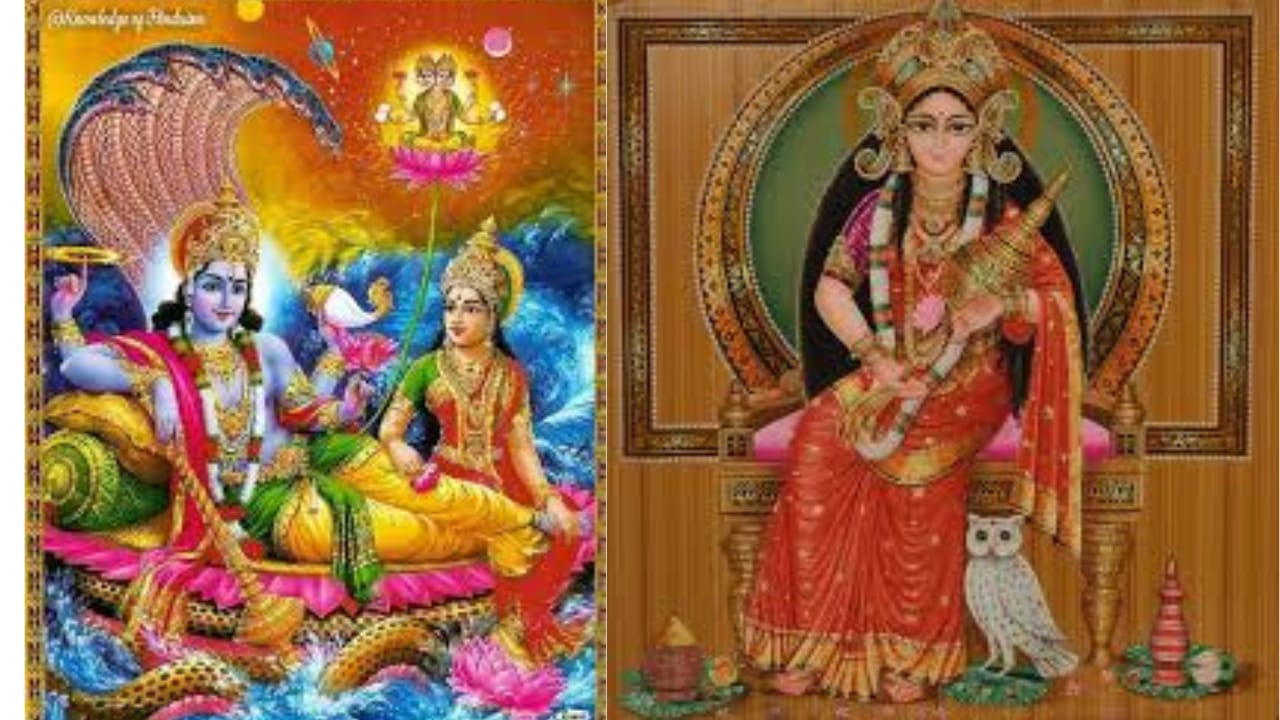Throughout human history, the image of the mother has been universally revered as a symbol of creation and nurturing. In countless civilizations, mothers holding their children have been venerated as divine figures representing life, fertility, and protection. Icons like the Sasthi, Ganesh Janani, or Mother Mary holding baby Jesus continue this ancient tradition. However, alongside these nurturing images, there has also been the emergence of a different kind of maternal figure: the fierce, protective goddess who, in the name of safeguarding her children, becomes a symbol of destruction. These powerful mother figures embody the dual aspects of creation and annihilation, a theme that resonates deeply in various cultures, especially in Bengal, where the worship of fierce goddesses remains an integral part of religious and cultural identity.
Maa Kali: The Eternal Protector and Destroyer

When discussing fierce maternal deities, Maa Kali stands out as one of the most prominent and enduring figures. Maa Kali, with her dark complexion, her garland of skulls, and her wild, untamed appearance, is the quintessential goddess of destruction in the Hindu pantheon. Despite her fearsome appearance, she is worshiped with unparalleled devotion, particularly in Bengal. In fact, the very name of Bengal’s capital, Kolkata, is derived from “Kalikshetra,” or the land of Kali, underscoring the deep connection between the region and this formidable deity.
Kali is revered not only as a destroyer of evil but also as a loving mother who protects her children. The various forms of Kali, such as Dakshinakali, Bhadrakali, Mahakali, and Shamshan Kali, each represent different aspects of her power, from the benevolent to the terrifying. Her devotees in Bengal do not see her as merely a goddess of destruction; they see her as a maternal figure who eliminates the wicked to protect the good, much like a mother fiercely defending her offspring.
The worship of Kali in Bengal is a profound cultural expression of resistance against oppression and a celebration of feminine power. In a society where patriarchal norms often overshadow the contributions of women, Kali’s fierce form is a reminder of the strength and independence of the feminine force. It is no coincidence that Bengal, a region with a long history of resisting foreign domination, continues to uphold the worship of such a potent and unyielding deity.
Shekhmet: The Lioness of Ancient Egypt

In ancient Egypt, Shekhmet was another formidable goddess who embodied both creation and destruction. With the body of a woman and the head of a lioness, Shekhmet was a fearsome protector of her people. She was known as the goddess of war, often depicted in battle, where she would decimate her enemies to protect her children. However, her power extended beyond the battlefield. Shekhmet was also believed to spread deadly plagues in the camps of her enemies, demonstrating that her destructive capabilities were not limited to physical combat.
Shekhmet’s role as a protector and destroyer resonates with the Bengali worship of Kali. Both goddesses are revered for their ability to protect their devotees through destruction. They remind us that the mother figure is not limited to nurturing but is also a powerful force capable of annihilating anything that threatens her offspring.
Eris, Enyo, and Ate: The Goddesses of Chaos and War

In Greek mythology, several goddesses are associated with destruction, chaos, and war. Eris, the goddess of discord, is known for sowing the seeds of strife and chaos, leading to the downfall of societies. Her actions remind us that the degradation of human nature can lead to societal collapse, a concept not unfamiliar in Indian religious consciousness, where disorder and chaos are often depicted as forces that need to be controlled or destroyed.
Enyo, another Greek goddess, was associated with war and destruction. Often depicted with a shield and sword, and accompanied by a venomous snake, she represented the devastation of battle. Her role is akin to the fierce goddesses of Indian mythology, who are often depicted as warriors destroying their enemies to protect the world.
Ate, another Greek goddess, represents the folly and ruin that befall those who fall out of favor with the gods. Her story resonates with the themes found in Bengali Mangal Kavya, where deities like Devi Mansa and Devi Chandi put people in danger to gain worship, only to rescue them later, thus promoting their divine authority.
Tiamat: The Primordial Goddess of Mesopotamia

In Mesopotamian mythology, Tiamat is a primordial goddess of creation, often depicted as a fearsome dragon. According to the Babylonian epic Enuma Elish, Tiamat gave birth to the gods but later transformed into a monstrous dragon to destroy those who opposed her. Her image as both a creator and a destroyer underscores the duality of the mother figure—a life-giver who is also capable of death and destruction.
The dragon, often associated with Tiamat, symbolizes chaos and the primal forces of the universe that need to be tamed or destroyed. This theme is echoed in the stories of other mother goddesses who wield their power to bring about necessary destruction, thereby maintaining cosmic balance.
Lilith: The Ancient Mother of Death and Disease

Lilith, one of the oldest known mother figures, hails from the ancient province of Sumer. Over time, she was adopted into various mythologies, including Jewish folklore, where she became a symbol of death, disease, and female independence. Lilith is often depicted with snakes and owls, animals traditionally associated with darkness and death. Despite her fearsome reputation, Lilith represents the untamed and independent aspects of the feminine, refusing to be subjugated by patriarchal norms.
Lilith’s enduring presence in mysticism and literature as a symbol of female autonomy and power resonates with the themes of destruction and creation found in other mother goddesses. She represents the darker aspects of motherhood that society often seeks to suppress but are integral to the balance of life and death.
The Bengal Connection: Matrika Worship and Resistance to Patriarchy
In Bengal, the worship of Matrika, or mother goddesses, remains strong, reflecting a deep cultural resistance to patriarchal impositions. Unlike other regions where the feminine divine is often subordinated to male deities, Bengal continues to honor its goddesses as independent and powerful entities. This is evident in the worship of Maa Lakshmi as a single Matrika, rather than as a subservient figure at the feet of Vishnu. This form of worship emphasizes the autonomy and power of the mother goddess, free from the constraints of patriarchal interpretation (Like Lakshmi at the feet of Vishnu).

The continued veneration of fierce mother goddesses like Kali in Bengal is a testament to the region’s refusal to succumb to patriarchal norms. It is a celebration of the mother as both a creator and a destroyer, embodying the full spectrum of life and death. The worship of these goddesses serves as a reminder that the feminine divine is not just a passive nurturer but a powerful force capable of shaping the destiny of the world.
Conclusion: The Enduring Legacy of the Fierce Mothers
The fierce mother goddesses of various civilizations, from Kali in Bengal to Shekhmet in Egypt and Lilith in Sumer, embody the dual aspects of creation and destruction. These goddesses are not merely life-givers; they are protectors who wield their destructive power to safeguard their children and maintain cosmic balance. In Bengal, the worship of these fierce mothers continues to be a powerful expression of cultural identity and resistance to patriarchal norms.
As we honor these ancient goddesses, we recognize that the mother figure is not limited to nurturing. She is also a formidable force capable of destroying evil and protecting her offspring. This duality is essential to the balance of the world, reminding us that the power of creation cannot exist without the power of destruction. The fierce mothers of history and mythology continue to inspire and empower, reminding us of the strength and resilience of the feminine force.






